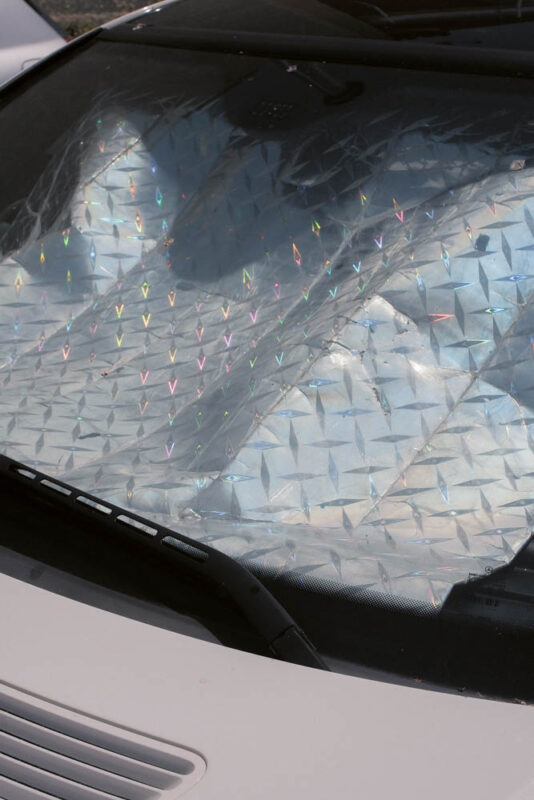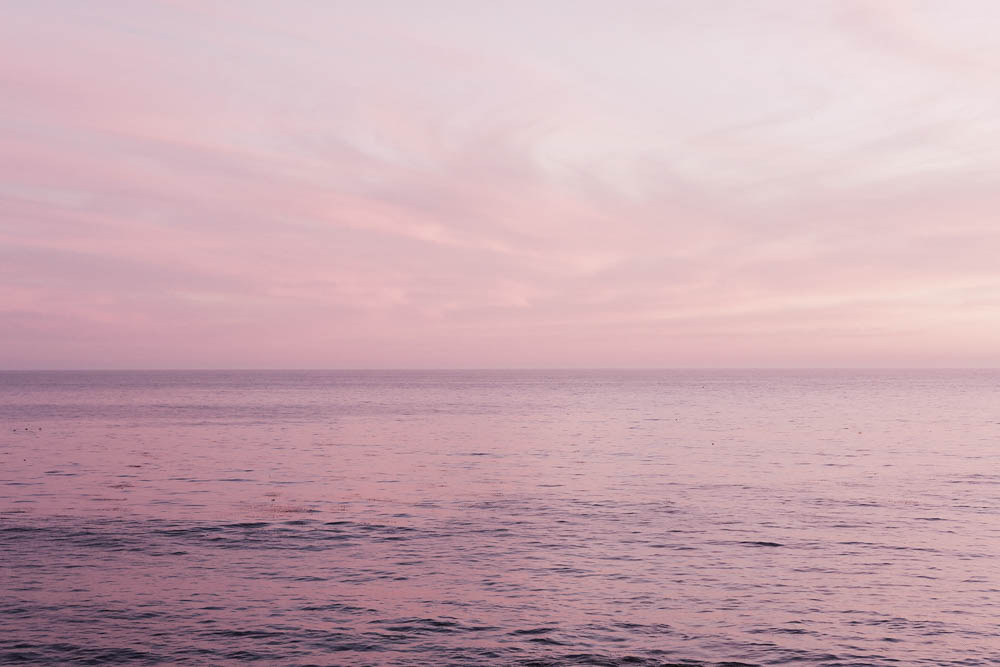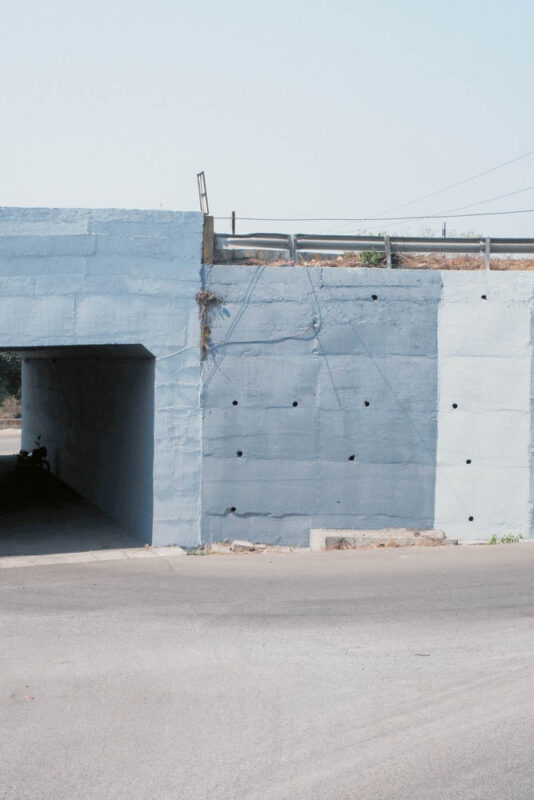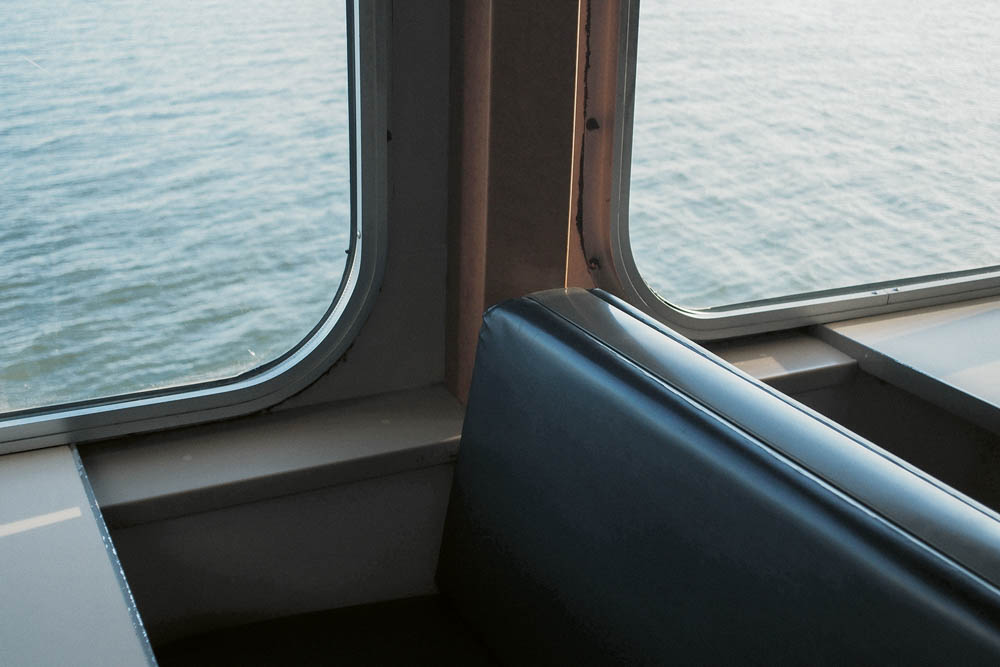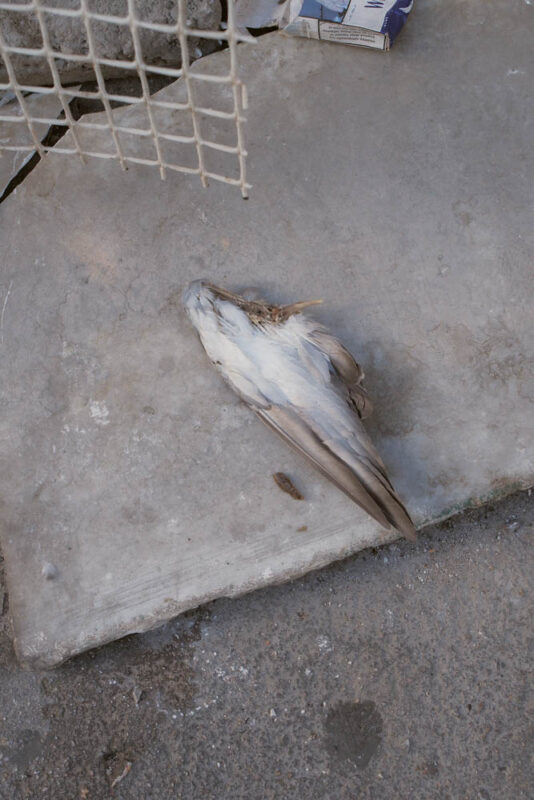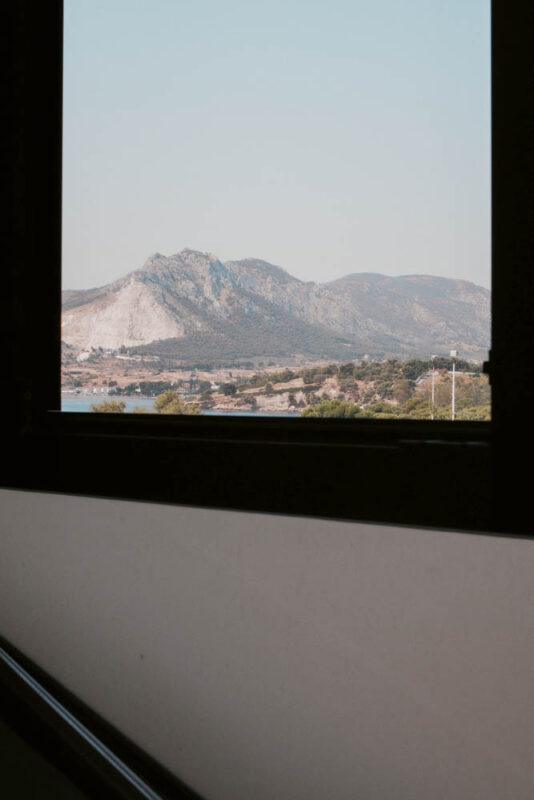Teju Cole
Pharmakon
Book review by Anneka French
In his third MACK title, Pharmakon — meaning poison, remedy, or scapegoat, Teju Cole explores the material of absence through images woven together with 12 short stories of post-apocalyptic or crisis scenarios, where displaced individuals, mortality, environmental threats, and bureaucratic challenges loom. An apt title, as Anneka French writes, for a book carrying significant political weight, Pharmakon indicating something that might cure, kill, or displace blame – feasibly all of these things simultaneously.
Anneka French | Book review | 14 Mar 2024
‘Time with a photobook is a wander off the beaten path…’ wrote Teju Cole in an article for The Guardian in 2020. ‘Sitting with it, you have to sit with yourself: this is a private experience in a time when those are becoming alarmingly rare, an act of analogue rebellion in an obnoxiously digital world.’
Materiality is prominent in Cole’s new title, Pharmakon, his third with MACK following Golden Apple of the Sun (2021) and Fernweh (2020). Pharmakon features a suite of highly enigmatic photographs that place emphasis on materials to signify absence. The images, taken over a four-year period, are frequently bleak, occasionally humorous, sometimes sensual. Traces of human-life are evoked, for instance, through peeling layers of paint or marks squeaked across dusty glass, through textures of weathered marble or worn concrete, sand, reflections and gentle ripples in water. Such tactile surfaces begin with Pharmakon’s cover, a thin, navy-blue leather-like buckram that lends the volume gravitas from the off. Cole, a novelist, essayist as well as a prolific photographer, has written 12 short stories that intersperse the images inside. These texts, from a few pages to a few paragraphs in length, which are complete pieces in and of themselves rather than fragments per se, open the images up to meanings beyond the initial impressions of the viewer, offering interpretations and parallel trains of thought that range from the ethereally abstract to the unequivocally political. All are unsettling to some extent, shaping the photographs that precede and follow them. There is equal weight between text and image.
The early pages of the book include pale blue skies carved up by overhead wiring and interrupted by the tops of two stone buildings – open and enigmatic but with a sense of curtailed possibility. These are followed by wooden fence panels that afford a glimpse of industrial hoardings beyond the slats. A narrow strip of sky is visible across the top and tarmac painted with yellow markings appears along the bottom section. Next comes a view of water from the window of a vehicle that overlays two pages, followed by a board printed with photographic images of the sea and sky, punctured by screws, and papers removed from a wall. Landscapes, buildings and objects are here offered just out of reach, our views of them altered or denied.
Cole’s first story comes like a punch in the gut. Visceral and shocking, it unfolds from a circular forest clearing into a scene of gunshots and attempted escape, sharp in its clarity, scale and impact. Two photographs of woodland or parkland, a public statue wrapped in brown fabric, an abundant apple tree and two views of a further tree against a building with large windows follow this, not the setting of the story exactly but something comparable, maybe even places that are closer to home. The photographs carry echoes of the story, their locations specific but non-identifiable. The last image in this sequence is a blurred view of open grass and trees, as if the photographer is moving very quickly through the landscape, running like the protagonists in the story.
Many of Cole’s photographs point towards the passage of time. Two facing plates show similar views of a high-rise building at night and in daylight. Our eyes are drawn to different areas of the two images as elements recede into darkness or slip into focus. The grid formation of the building’s windows is recalled in the braille panels that feature elsewhere in the publication and in ceramic tiles, bricks and blocks of stone that appear in several of the photographs. The tower formations are mimicked through trees and architectural structures scattered throughout – including one grand column behind which a piece of litter has been tucked – a stack of books with their spines turned away from the camera, and more loosely, in the rougher surfaces of multiple large rocks. Whole mountains, boulders, smaller rocks and sand chart an ever-diminishing sense of scale that is grounding and humbling.
Cole’s stories carry significant political weight. Post-apocalyptic or crisis scenarios are either foregrounded in the action or hover more insidiously in the background. There are multiple displaced people, dead people, people threatened by the landscape, weather, ill-health, violence and bureaucracy. There are repressed histories and memories that resurface. These themes are supported and extended by the photographs, so that even a quiet, apparently innocuous image – a brick wall, boulder or spillage – becomes highly charged. A piece of paper torn from a lamppost becomes an action of resistance or suppression, fences and walls become borders of exclusion, a mound of earth becomes a grave, a dead bird becomes a dead human. Specific formal arrangements and motifs – particularly water, rock and shadow – repeat, disappearing for a while and then bobbing back up like a float pushed beneath waves.
The complexity inherent in the word pharmakon, an Ancient Greek term meaning poison, remedy or scapegoat, makes it an apt title for the book. The word is semi-familiar and multi-faceted, indicating something that might cure, kill or displace blame – feasibly all of these things simultaneously. It is political. The closing pages of the book assemble images of grids and holes, curved pipes and shadows. The last story is titled “Circle”, which returns us to Cole’s initial metaphor of the woodland clearing. In this story, Cole writes: ‘You cannot write about the circle from inside the circle. To write about the circle, you have to be outside it. No, he thinks, that’s not quite right: you could write about the circle from inside the circle. It would have to be possible, and perhaps necessary.’ This riddling is undercut with deep violence in the text’s final paragraph. The book concludes with a vapour trail in the sky, two facing plates of lilac-pink sky and an off-centre double page spread of the sea and another lilac-pink sky, calming, open and hopeful, even while this scene and all the others before it are affected, carefully and incisively, by the force of Cole’s words. ♦
All images courtesy the artist and MACK © Teju Cole
Pharmakon is published by MACK.
—
Anneka French is a Curator at Coventry Biennial and Project Editor for Anomie, an international publishing house for the arts. She contributes to Art Quarterly, Burlington Contemporary and Photomonitor, and has had written and editorial commissions from Turner Prize, Fire Station Artists’ Studios, TACO!, Grain Projects and Photoworks+. French served as Co-ordinator and then Director at New Art West Midlands, Editorial Manager at this is tomorrow and has worked at Tate Modern, London, Ikon, Birmingham and The New Art Gallery Walsall.
Images:
1>6-Teju Cole, from Pharmakon (MACK, 2024). Courtesy of the artist and MACK.

